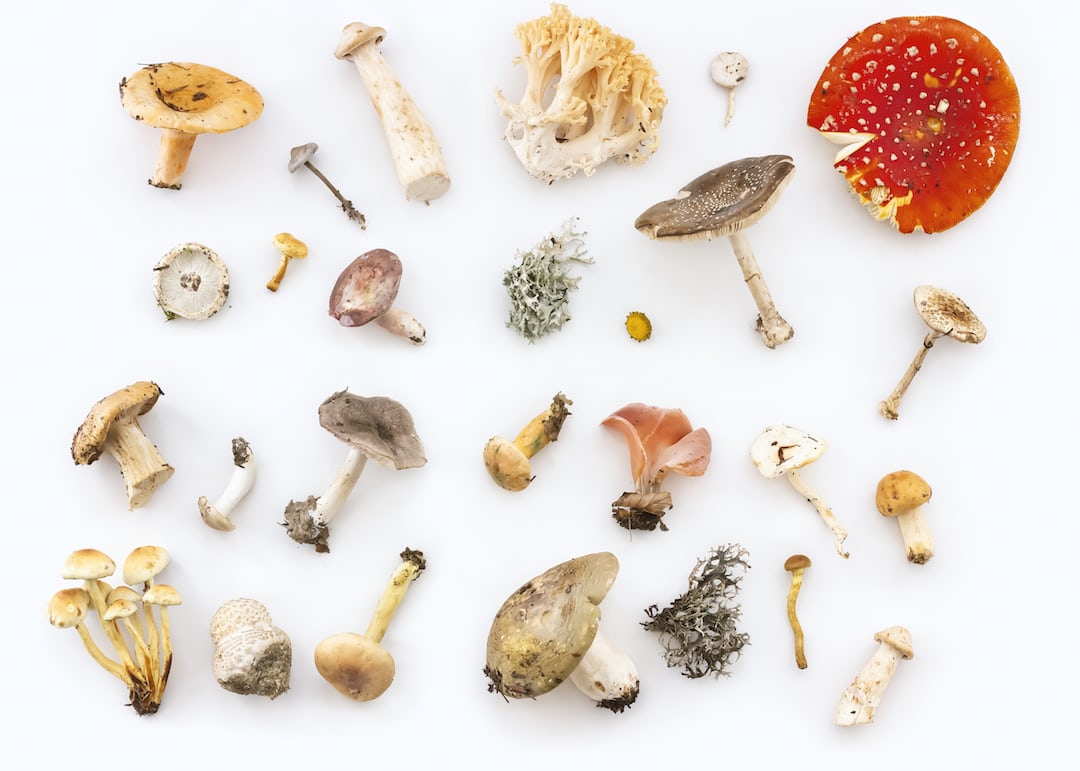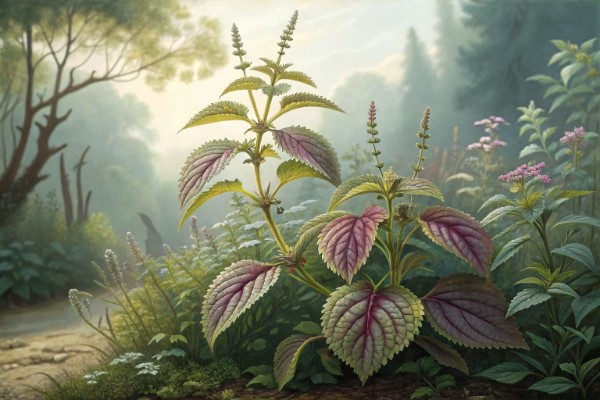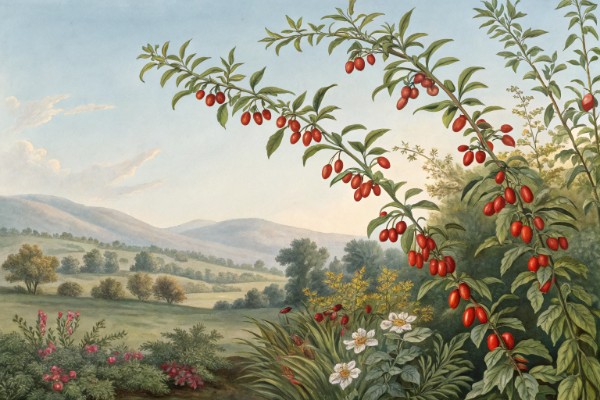Growing Mushrooms: A Simple Guide for Home Gardeners

Growing Mushrooms
Growing mushrooms at home makes practical sense, fills your kitchen with real flavor, and slashes grocery bills. Forget needing a sprawling garden—growing mushrooms demands little more than a dark corner, a bucket, and some patience. Stay with me, let’s demystify fungi cultivation and get you picking gourmet mushrooms before your next market run.
Why mushrooms belong in your garden ecosystem
I grow mushrooms for speed, flavor, and the way they turn yard waste into food. They also knit soil life together while your tomatoes take a breather between crops.
After a flush, I fork spent blocks under the berries and the mycelium keeps moisture like a sponge. Slugs chill out in that zone too, so I bait elsewhere.
The species short list for fast wins
- Oyster (Pleurotus): forgiving, fast, wildly productive on straw or coffee.
- Wine cap (Stropharia rugosoannulata): thrives in wood chip beds outdoors under corn, berries, or along paths.
- Shiitake (Lentinula edodes): excels on hardwood logs or supplemented sawdust blocks.
- Lion’s mane (Hericium erinaceus): tender texture, loves hardwood sawdust, needs steady humidity.
- Pioppino (Agrocybe aegerita): firm caps, earthy aroma, good on enriched sawdust.
- Enoki (Flammulina velutipes): cool temps, tidy clusters in jars or bags.
I start new growers on oysters indoors and wine caps outdoors. First harvest lands fast, which keeps morale high.
Key terms you will see over and over
Spawn: living mushroom culture on grain, sawdust, or dowels. It is the seed of fungi.
Substrate: the food the fungus digests. Straw, hardwood sawdust, logs, or agricultural byproducts.
Mycelium: the white network that colonizes the substrate. Think roots and stomach at once.
Biological efficiency (BE): fresh mushroom weight produced per dry substrate weight. A 100 percent BE means 1 pound from 1 pound dry substrate.
Indoor grow, start to finish
1) Pick a species and match the substrate
Oyster loves pasteurized straw or coffee pellets. Lion’s mane and shiitake prefer sterilized hardwood sawdust with bran.
2) Prep the substrate
For straw: chop to 1 to 3 inches, then pasteurize at 149 to 165 F or 65 to 74 C for 60 to 120 minutes. Drain to field capacity so a firm squeeze yields a few drops.
For sawdust with supplements: sterilize at 250 F or 121 C for 90 to 120 minutes at 15 psi. Cool fully before inoculation.
3) Inoculate cleanly
Work in a still, draft-free space with gloved, wiped hands. Mix 5 to 10 percent grain spawn by wet substrate weight into bags or buckets with side holes.
I like 0.2 micron filter patch bags. They breathe just enough and keep the bad actors out.
4) Incubate
Hold at 70 to 75 F or 21 to 24 C in the dark or low light. Oysters colonize in 7 to 14 days, lion’s mane in 10 to 21.
Watch for full, even whiteness. Patchy growth signals uneven moisture or temperature swings.
5) Fruiting conditions
Cut X slits in bags or pop bucket hole covers. Move to 60 to 68 F or 16 to 20 C with 85 to 95 percent humidity and light like a bright room, 8 to 12 hours daily.
Give fresh air several times a day or run a small fan indirectly. Long stems and tiny caps scream too much CO2.
6) Harvest
Twist clusters off just as the edges flatten for oysters. Lion’s mane should look like fresh noodles, not yellowed fringe.
Rest blocks 5 to 7 days, then rehydrate if needed. Expect 2 to 3 flushes.
“Keep fruiting humidity near 90 percent and avoid direct drafts for clean caps.” Penn State Extension notes typical ranges of 85 to 95 percent for many cultivated species.
Outdoor bed method that plays nice with vegetables
Wine cap beds under currants and asparagus pay me twice. They turn wood chips into soil while feeding the kitchen.
- Layer 2 inches or 5 cm fresh hardwood chips, then sprinkle wine cap spawn, then another 2 to 3 inches or 5 to 7.5 cm chips.
- Water to damp sponge feel. Mulch with straw to hold moisture.
- Keep between 55 and 80 F or 13 and 27 C. First fruits often appear in 6 to 12 weeks in warm seasons.
I refresh with a thin layer of chips each spring. That bed rolls for years.
Dialing in humidity, air, and light
- Humidity: 85 to 95 percent during pinning and fruiting. I use a $20 ultrasonic unit and a cheap hygrometer to keep it honest.
- Fresh air: gentle, frequent exchange. Oyster needs more air than lion’s mane to avoid stubby, deformed caps.
- Light: bright indirect light works. Think shade of a tree or a room with a window, about 500 to 1000 lux.
- Temperature: cooler for firmer texture. Shiitake tightens at 55 to 65 F or 13 to 18 C.
Yields, timelines, and BE you can expect
From a 5 pound or 2.3 kg oyster block, I average 1.5 to 2 pounds or 0.7 to 0.9 kg across two flushes. That puts BE near 60 to 90 percent with clean technique.
Shiitake on supplemented blocks runs slower but steadier, often similar BE across three flushes. Logs fruit less per event but keep going for 3 to 5 years.
FAO estimates global edible mushroom output above 40 million metric tons annually, and U.S. per capita use hovers near 3 pounds or 1.4 kg, according to USDA ERS.
Clean technique that actually sticks
Wipe surfaces with 70 percent alcohol. Flame the scalpel and cool it on sterile grain before each cut.
A still air box beats open air. I built mine from a clear tote for under 20 dollars and it tripled my success rate.
Contamination triage
- Trichoderma: bright green dust after a white phase. Bag it, seal it, and bin it outdoors.
- Cobweb mold: thin gray wisps that melt with 3 percent hydrogen peroxide. Adjust humidity and air as it favors stale, wet pockets.
- Bacterial blotch: sour smell and wet tan patches. Improve drainage and reduce misting on caps.
When in doubt, do not sniff a suspicious bag. Your nose does not need spores served straight.
Substrate comparisons that save time
- Straw: cheap, fast, pasteurize only, best for oysters and wine cap indoors.
- Hardwood pellets plus wheat bran: compact, clean, needs sterilization, great for lion’s mane, shiitake, pioppino.
- Logs: oak or maple win for shiitake. Drill, plug with sawdust or dowel spawn, seal with wax, and wait 6 to 12 months.
- Coffee grounds: blend with straw or pellets to avoid bacterial mess. I cap at 20 to 30 percent of the mix.
Buying guide: kits, spawn, gear
Kits worth the money
- Countertop oyster or lion’s mane blocks: fruit in 7 to 14 days with daily misting. Good for first taste of success.
- Wine cap bed kits: a bag of sawdust spawn and instructions. Build it once and feed it chips yearly.
Look for clear species labeling, recent production date, and responsive support. Cold shipped in warm months matters.
Spawn and supplies I trust
- Reputable spawn producers with dated lot stickers and species codes. Lab-made grain spawn beats DIY for starters.
- Filter patch bags, hardwood fuel pellets, wheat bran, 70 percent alcohol, nitrile gloves, digital thermometer, hygrometer.
- Pressure cooker rated for 15 psi for sterilized recipes. For straw grows, a tote and a kettle do fine.
I buy lion’s mane and shiitake spawn fresh each season. Oysters tolerate older spawn better than delicate species.
Outdoor integration with beds, paths, and compost
Spread spent oyster blocks under brassicas and mulch thick. Earthworms move in and the bed holds moisture through hot spells.
Shred failed bags into the compost to speed heat and break down lignin. The pile kicks off quicker and smells cleaner.
Food safety and legal notes
Only cultivate edible, legal species acquired from reputable sources. Skip wild ID unless you trained with a local mycology club and a regional key.
Cook thoroughly to 165 F or 74 C for best texture and safety. Store fresh harvests in paper bags in the fridge for up to a week.
Flavor moves from the kitchen side
I tear oyster caps by hand, sear hard in a dry pan, then add fat and alliums. Lion’s mane cooks like scallops with a squeeze of lemon and salt at the end.
Shiitake stems ride to stock. Wine caps love butter and thyme, then meet polenta.
A few hard-won tips
- Overmist blocks, not caps. Wet caps invite blotch.
- Slice fewer holes at first. You can always add more if the block bulges.
- Label every bag with species, substrate, inoculation date, and spawn rate. Memory lies after the third flush.
- Keep a small fan moving air across the room, not directly on the blocks.
What the research and pros say
Penn State Extension outlines fruiting humidity near 90 percent and notes oysters need strong fresh air to avoid stretched stems. NC State horticulture guides describe field capacity as a squeeze that yields one to two drops.
Cornell Small Farms Program details shiitake on logs with timing for soaking and resting. Paul Stamets often says mycelium connects landscapes like a biological internet, which squares with how fast beds knit wood chips under my currants.
Cheatsheet: Home Mushroom Cultivation
🍄 Fast Facts
- Oyster, shiitake, and lion’s mane thrive indoors.
- Mushrooms double in size daily at peak growth.
- Protein-rich, immune-boosting, low-calorie crop.
🛠️ Tools and Products You'll Need
- Spawn (oyster, shiitake, or preferred variety)
- Substrate (straw, sawdust, or grow kit block)
- Large container or bucket
- Spray bottle for misting
- Thermometer/hygrometer (optional)
- Plastic bag or humidity tent
- Gloves for cleanliness
🌱 Substrate Prep (10 min)
- Hydrate and sterilize straw or sawdust: Soak 12–24 hrs, drain, heat to 160°F/71°C for 1 hr, cool fully.
- Fill container or bag with substrate.
🧬 Inoculation (10 min)
- Mix mushroom spawn into cooled substrate using gloves.
- Seal loosely to allow air exchange.
🏡 Incubation (10–21 days)
- Store in dark, 65–75°F (18–24°C).
- Wait for full white mycelium spread (2–3 weeks).
💧 Fruiting (7–14 days)
- Move to indirect light, 60–70°F (15–21°C), 85%+ humidity.
- Mist 2–3× daily; open bag or tent for airflow.
- Watch for pins—tiny mushroom stems.
- Harvest after caps unfurl, before edges flatten.
🥗 Eat Fresh, Stay Healthy
- Rich in B vitamins, fiber, antioxidants.
- Fresh mushrooms last 5–7 days refrigerated.
- Dehydrate or freeze surpluses.
♻️ Troubleshooting
- Yellow substrate: Too dry—mist more.
- Foul odor or green mold: Discard and sanitize area.
- Slow growth: Increase warmth and humidity.
Frequently Asked Questions about Growing Mushrooms
What type of environment supports mushroom development?
Mushrooms thrive in environments with high humidity (around 85–95%) and moderate temperatures between 55–65°F (13–18°C). Ensuring steady airflow without drafts and maintaining low, indirect light helps mushrooms produce abundant harvests.
How long does it typically take for mushrooms to be ready to harvest?
The timing varies by species, but most mushrooms fruit within 3–5 weeks after inoculation. For example, Oyster mushrooms often appear in as quickly as 14 days, while Shiitakes may take 4–6 weeks to fully mature.
Is sterilizing mushroom substrate always necessary?
While sterilization significantly reduces contamination risks, pasteurization is often sufficient for substrates like straw or sawdust. Sterilization becomes essential when using nutrient-rich substrates, such as grain or enriched compost, to ensure successful mushroom production.
What materials make ideal mushroom substrates?
Mushrooms primarily colonize substrates rich in cellulose and lignin. Popular ecological choices include hardwood sawdust, straw, wood chips, coffee grounds, and agricultural wastes, which offer ample nutrition and moisture retention for fungal growth.
How can mushroom contamination be prevented effectively?
Contamination prevention involves maintaining a consistently clean growing area, proper sterilization of equipment and substrate, and careful handling during inoculation. Using filtered airflow and performing procedures in sanitary conditions greatly reduces undesirable fungal or bacterial growth.
Can wild mushrooms be safely cultivated indoors?
Cultivating wild mushrooms indoors is achievable, provided spore cultures are carefully selected and sourced. Using licensed, clearly identified wild mushroom strains eliminates ambiguity and guarantees the safe, predictable growth results home growers seek.
Do mushrooms need additional nutrients during growth?
Most mushrooms obtain sufficient nutrition directly from their substrate. Supplementation, such as adding wheat bran or soybean hulls, may enhance productivity and yield but requires careful balance to prevent contamination risks.
When should I harvest my mushrooms?
Pick mushrooms as their caps fully open yet edges remain slightly curled under, typically right before spores begin releasing. Harvest at peak maturity to maintain the optimal flavor, texture, and nutritional benefits mushrooms offer.
Growing mushrooms brings a quiet thrill to any home garden. With patience, a bit of humidity, and some kitchen scraps or straw, you can coax these fascinating fungi from spore to harvest. The process is simple but rewarding—watching clusters bloom overnight never gets old. Keep your setup clean, control moisture, and let curiosity lead the way. The result? Fresh, earthy flavors you won’t find at any supermarket. If you love experimenting with unusual crops, you might also enjoy growing dulse or adding a schisandra vine for something truly unique. In the end, growing mushrooms is about savoring the unexpected and letting nature surprise you, right in your own backyard.



